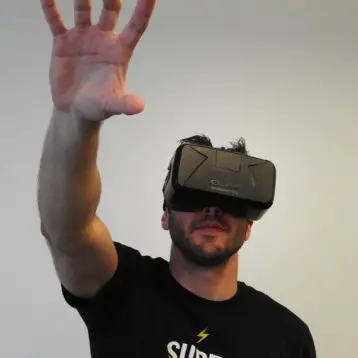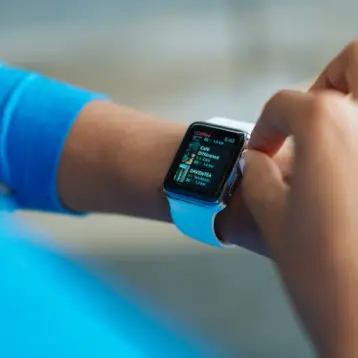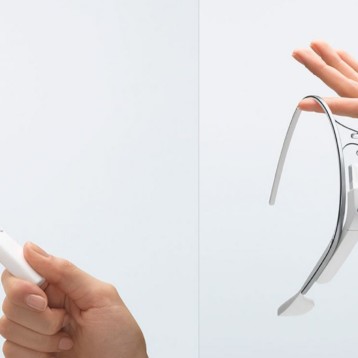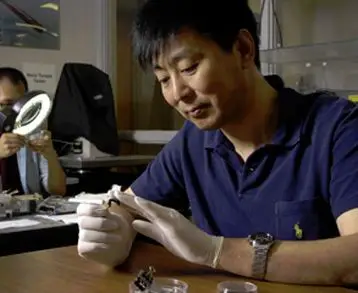The research team, led by Dr. Douglas H. Smith of Penn’s Center for Brain Injury and Repair, designed badges composed of layers of nanoscale pores and columns etched onto plastic sheets by lasers. The resulting three dimensional structures are stable when exposed to extreme temperatures or physical impacts but shock waves such as those generated by explosive blasts cause the columns to collapse and the pores to grow larger. This changes the reflexive properties and color of the material. The higher the exposure to the shock waves, the larger the color change, allowing the badges constructed from the plastic sheets to monitor the level of exposure to the shock waves.
Traumatic brain injuries from exposure to explosive blasts are among the most common injuries among soldiers serving in Iraq and Afghanistan. Many soldiers and their doctors are unaware of the extent of the damage suffered from explosions, and as a result some soldiers are returned to active duty before it is safe for them to return to battle conditions. The new badges can help both soldiers and doctors understand the injury level and the risks of return to active duty for soldiers suffering from injury from explosions. They can also help identify soldiers not currently exhibiting symptoms but who are at high risk for injury with further exposure to explosive shocks. This technology could also be used to test the ability of buildings, vehicles, and equipment to remain functional and intact during exposure to explosive blasts.
TFOT previously reported on other technology designed to help soldiers remain healthy including the Generation II HEADS helmet sensor designed to diagnose and treat concussions in soldiers, an implantable biosensor that can track and transmit basic health status information of soldiers, and a new ultrasound helmet designed to enhance alertness, reduce stress, provide pain management, and protect against traumatic brain injury.
Read more about the new shock wave detector badges in this University of Pennsylvania School of Medicine press release.











